Breathe Easy with These 10 Indoor Plants That Can Help Filter Out PM 2.5 Pollution!


Welcome to our latest blog post, where we explore the power of nature in combating air pollution. As the world becomes increasingly industrialized, the quality of the air we breathe is declining rapidly. This is especially true for those living in cities, where exposure to PM 2.5 pollution is becoming an all too common occurrence. But fear not, there is a natural solution to this problem - indoor plants! In this post, we will introduce you to 10 indoor plants that can help filter out PM 2.5 pollutants, allowing you to breathe easy in the comfort of your own home. So sit back, relax, and discover how nature can help you combat air pollution.

What is the PM2.5 pollution?
PM2.5 pollution refers to the presence of microscopic particles in the air that measure 2.5 micrometers or smaller. These particles are often a mixture of solid and liquid materials and can come from a variety of sources such as vehicle emissions, industrial processes, and wildfires. Due to their small size, PM2.5 particles can penetrate deep into the lungs and even enter the bloodstream, posing a serious health risk to those exposed to high levels of pollution. Long-term exposure to PM2.5 pollution has been linked to a range of health problems, including respiratory diseases, heart disease, and even premature death.
The impact of PM2.5 pollution is being keenly felt by residents of Bangkok, suburban areas, and several provinces across Thailand. The prolonged duration of high levels of pollution poses a severe health risk to individuals, regardless of where they reside. This has become a significant concern as the health and well-being of many people in Thailand are affected.
Do indoor plants help with filtration?
The findings of a recent case study show that plants are not only effective at purifying the air inside homes, but also in other settings as well. One particular case study highlights the use of Passive Designs, also known as London City Trees, to filter out pollution in London. In this blog post, we'll explore the benefits of these plant-based innovations and how they can help combat the effects of PM2.5 pollution.
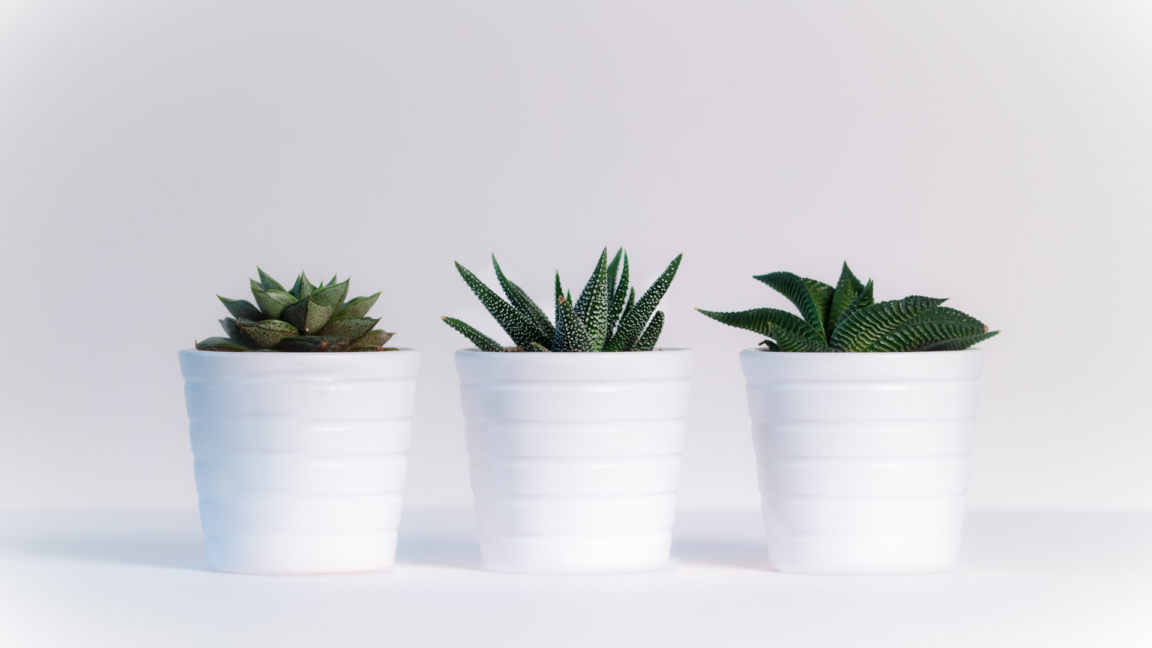
London City Trees are vertical air filtration panels composed of different moss species. They are designed to capture and filter particulate matter while producing oxygen. Studies have shown that these mosses are as effective at air filtration as up to 275 trees combined.
Furthermore, the "Interior Landscape Plants for Indoor Air Pollution Abatement" report highlights the use of indoor plants for managing air pollution. This research was conducted jointly by NASA and the Associated Landscape Contractors of America (ALCA). The report confirms that some common household plants are capable of removing harmful substances from indoor air. These plants are also affordable, including dragon tongue, snake plant, and peace lily.
Recommendations
Snake Plant
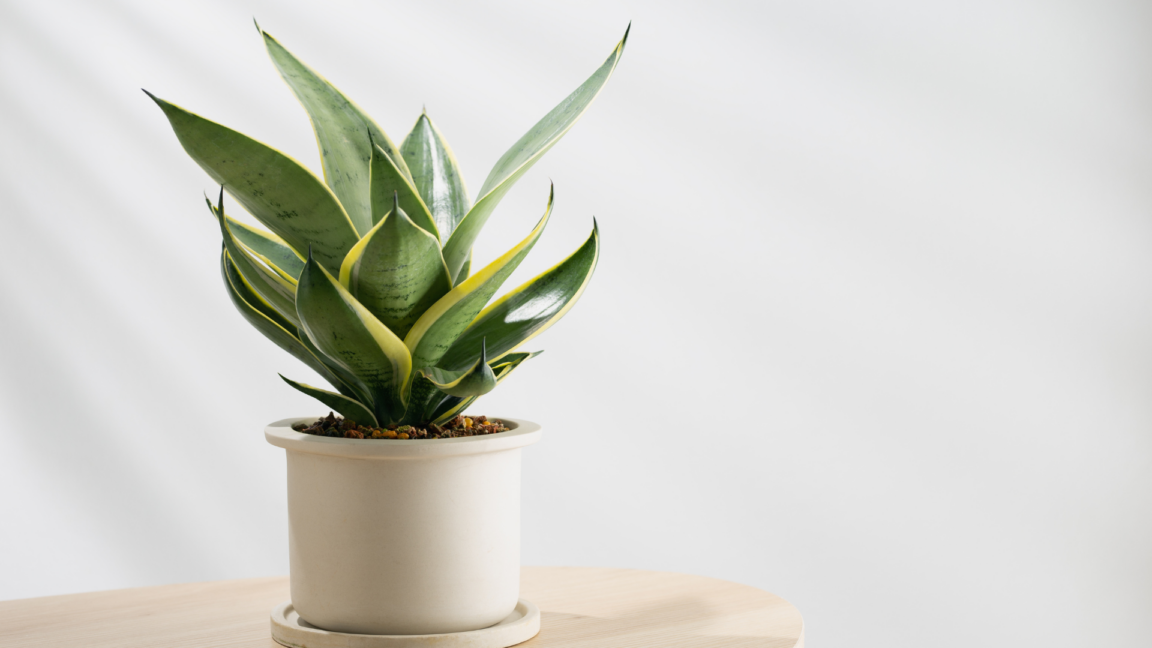
Many people may recognize the Snake Plant as a lucky plant, but in reality, it has many great properties for filtering dust and absorbing toxins in the air. This type of plant has a special feature in that it releases oxygen during the night, which is different from most plants that release oxygen during the day when there is sunlight. Therefore, it can be placed in the bedroom.
The Snake Plant is also sturdier than other common indoor plants, able to thrive in various environmental conditions, including direct sunlight and drought. If placed in a sunny location, it is recommended to water it around three times a week. However, it can even be left for two days without watering
Care Instructions
Place it in a spot with moderate sunlight and water it once every 1-3 weeks.
Recommended position in house/condo
You can place the Snake Plant anywhere you would like but a bedroom is highly recommended due to its characteristics.
Spider Plant
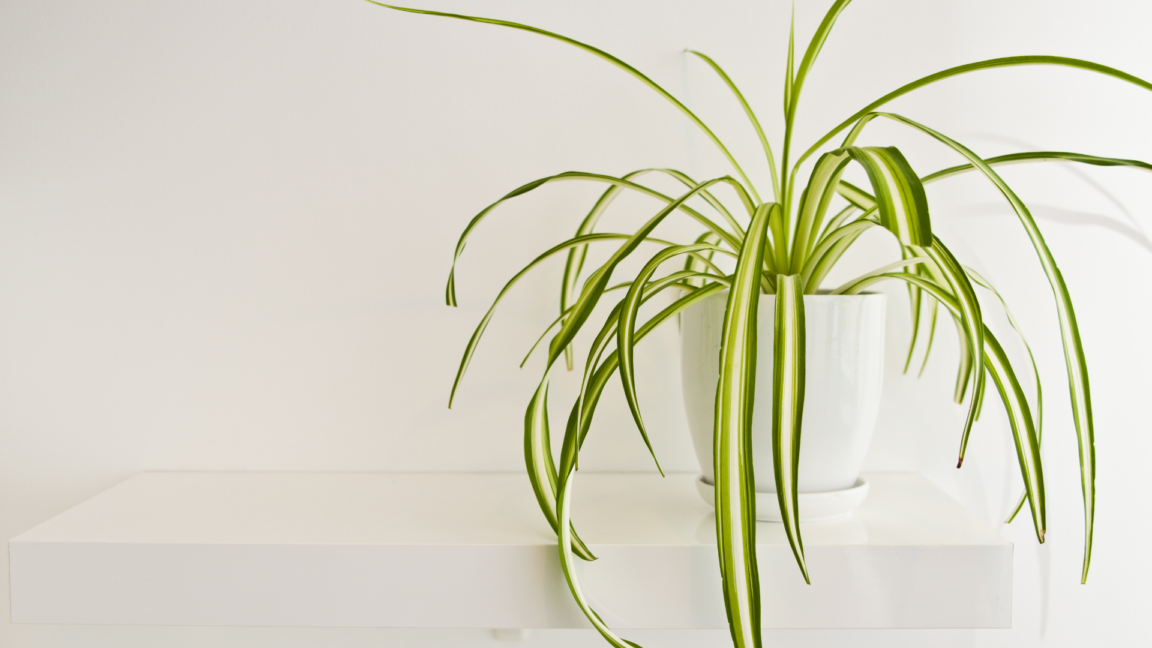
Introducing the Spider Plant, a petite green wonder that looks like a cluster of small grasses with leaves that measure about 15-30 cm long. This tiny plant is perfect for placing on desks, cabinets, or shelves due to its compact size and space-saving nature. The Spider Plant has the amazing ability to absorb toxins in the air, making it a great addition to any indoor space.
Care Instructions
Place in a location with indirect sunlight, avoid placing in hot areas. Frequent watering isn't required due to less reliance on water.
Recommended position in house/condo
Can be placed anywhere as you would like due to its smaller size.
Areca Palm
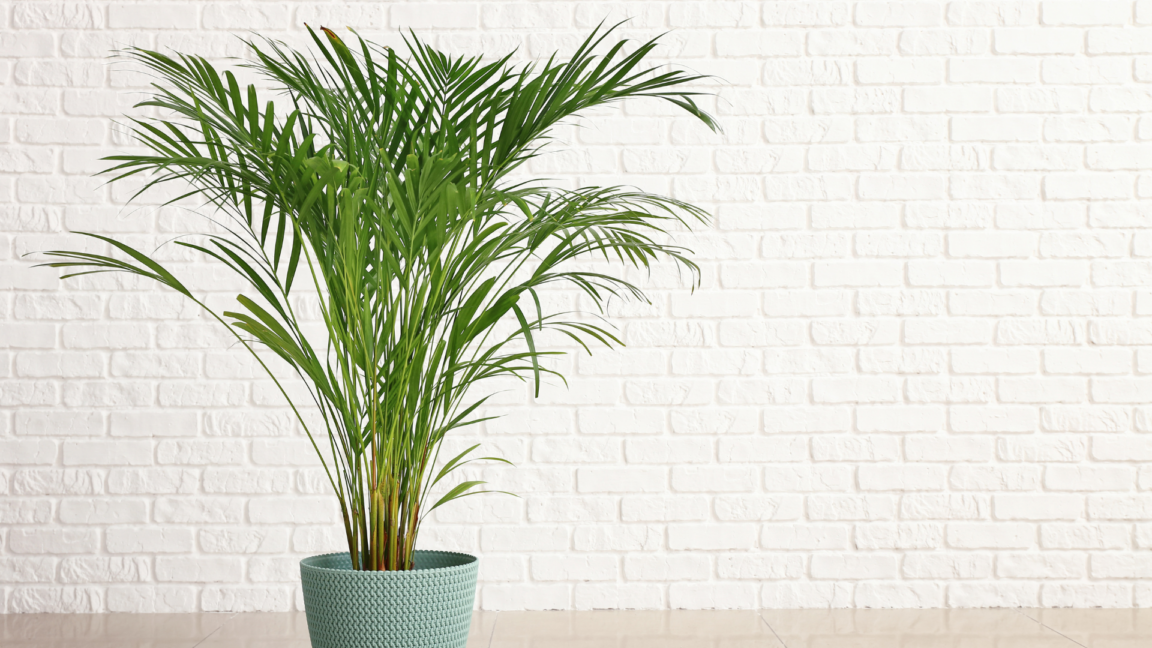
The Areca Palm is a long-lived, easy-to-grow palm tree that releases moisture and captures PM2.5 dust. It may not grow very tall, but it still needs some space. Learn more about this air-purifying plant here.
Care Instructions
It should be planted in a dry area with sunlight, kept at room temperature, watered and sprayed on the leaves twice a day.
Recommended position in house/condo
Can be placed anywhere inside or outside the house, including the balcony.
Fiddle Fig
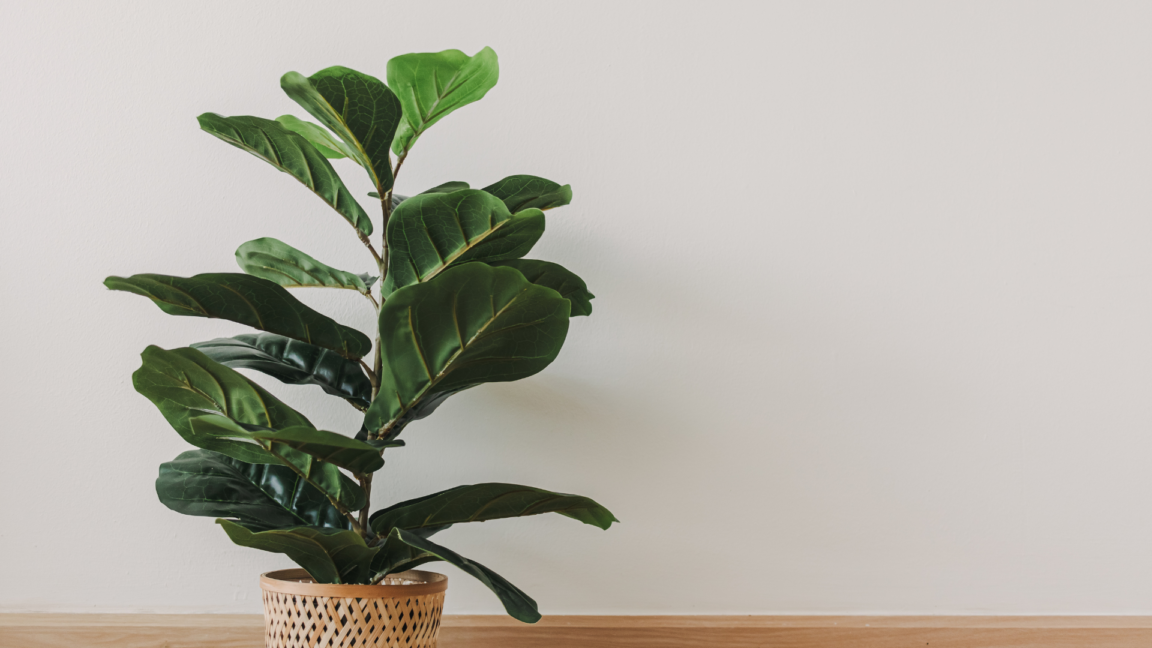
Fiddle Fig is another popular home decor plant that also tolerates sunlight well. When fully grown, it can reach up to 12m tall with straight stems and large, beautiful green leaves. Placed in a sunny spot, it can capture dust and help purify the air.
Care Instructions
If kept in a room with low sunlight, it should be watered 2-4 times a day. However, if placed in a sunny area, watering once a day is sufficient.
Recommended position in house/condo
It can be placed in any available space within a building or a house.
**This type of plant may not be suitable for pet owners as the sap can be harmful.
Golden Pothos
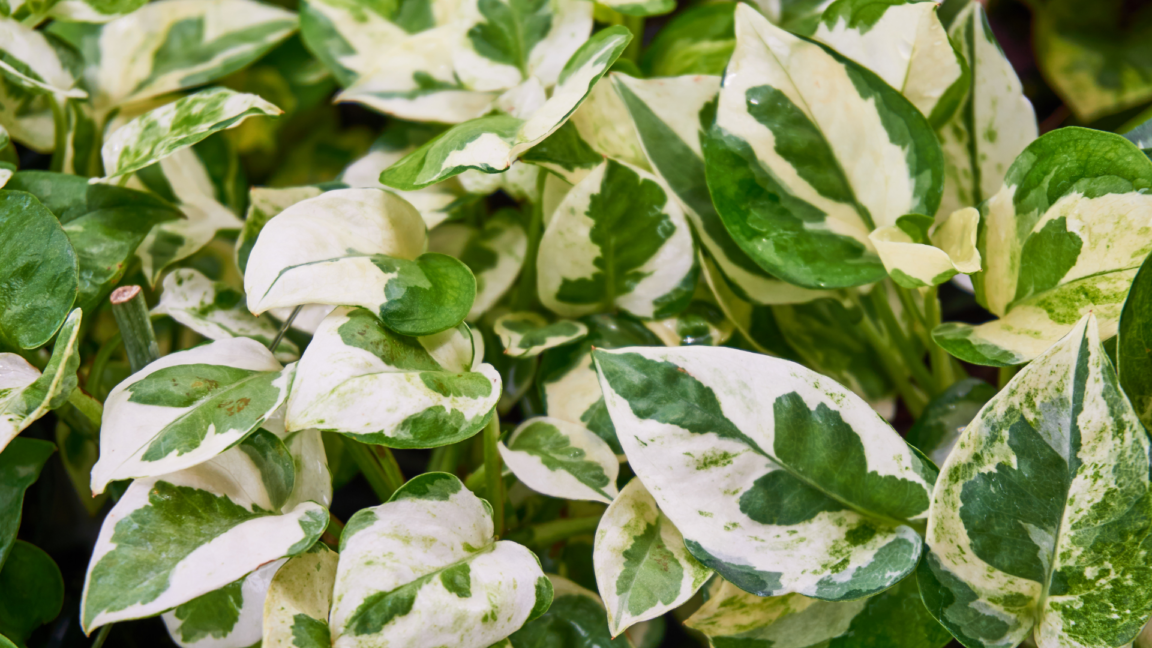
Golden Pothos is a tropical climbing plant that can be grown in various soil types and watered easily. It grows quickly and loves indirect sunlight. It helps reduce carbon monoxide, benzene, and other chemicals by up to 75%, and also helps trap dust. This plant can even photosynthesize from fluorescent light.
Care Instructions
Make sure not to let the plant dry out completely, watering once a week should be enough and occasional exposure to sunlight is recommended.
Recommended position in house/condo
Can be placed anywhere inside or outside the house or building.
Zanzibar Gem (ZZ Plant)
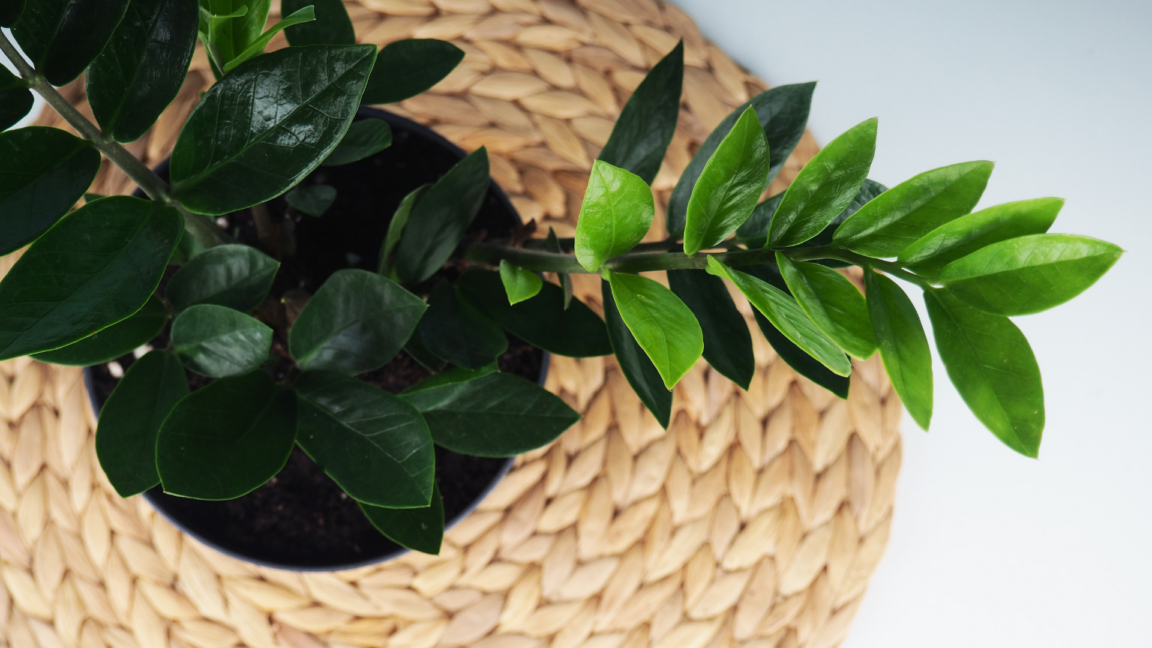
The Zanzibar Gem, also known as ZZ Plant or Aroid Palm, is not only considered a lucky plant but also an effective air purifier that can remove toxins from the air. It has succulent stems and glossy leaves arranged along the stem, which helps it retain moisture. It is a low-maintenance plant that can survive in various lighting conditions and does not require frequent watering.
Care Instructions
Frequent watering isn't required and the soil used should be loamy. It should be placed in a location with some sunlight but not too much, such as near a window.
Recommended position in house/condo
Can be placed anywhere due to its smaller size.
Aloe Vera
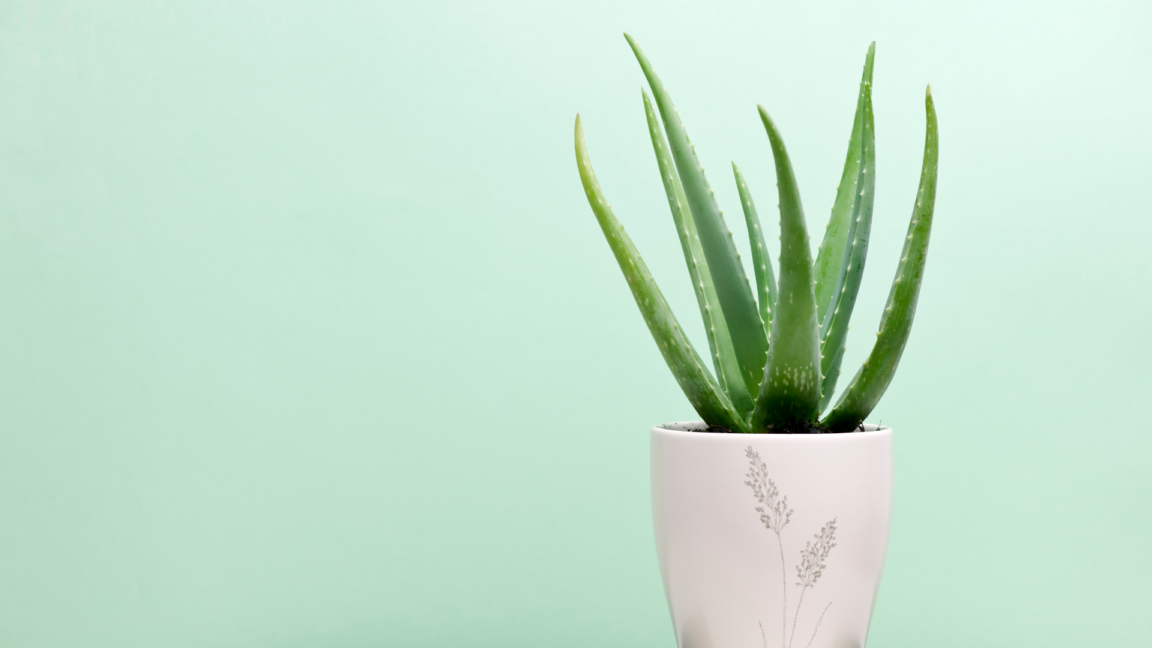
Aloe Vera is a succulent plant that is quick and easy to grow, and is beneficial for internal tissue. It has properties that help reduce swelling, soothe burns, and can absorb dust and formaldehyde. It is a very beneficial plant that can be found in various household products such as furniture, cosmetics, and nail polish.
Care Instructions
Place the plant in an area with bright, indirect sunlight and water it only when the soil is dry.
Recommended position in house/condo
Suitable for indoor planting and can be placed virtually anywhere in the house.
Peace Lily
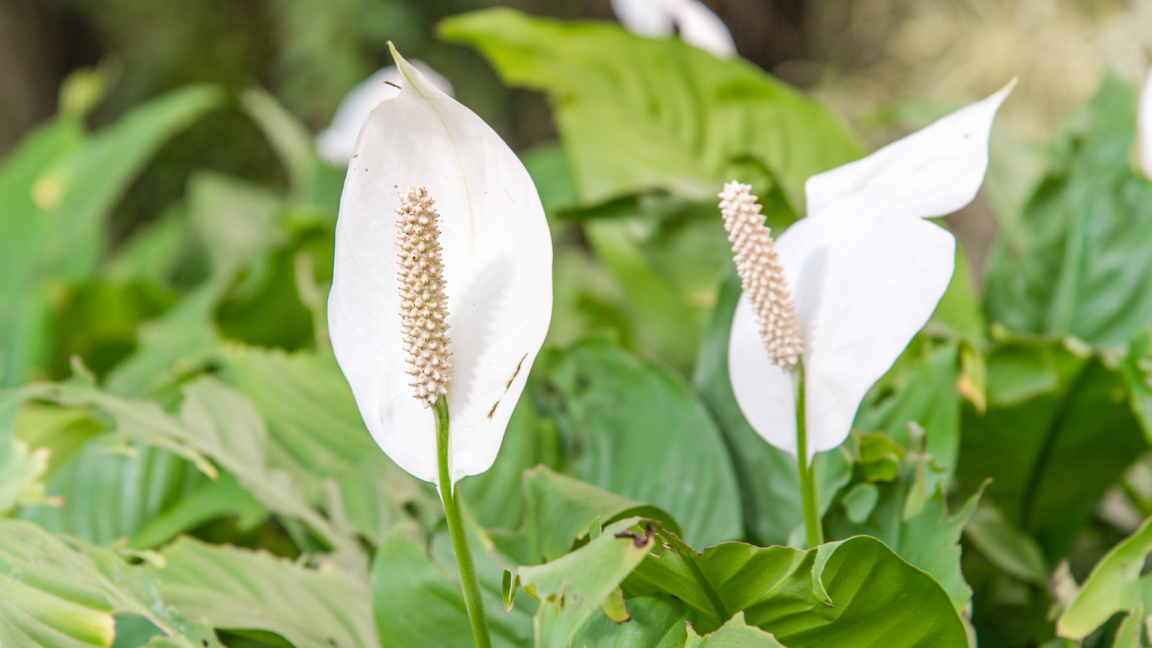
The Peace Lily is a decorative flower with white petals resembling those of a cow's nose. It is unique and can serve as both an air-purifying plant and a lucky plant. It has a high moisture output and helps trap PM2.5 dust particles in the air. Moreover, it also absorbs toxins such as formaldehyde, alcohol, and benzene. Furthermore, this plant can grow in flourescent lights as well.
Care Instructions
To ensure this plant is well-hydrated, it's essential to water it frequently, at least once or twice daily. The plant requires significant moisturization, so keeping it adequately hydrated is crucial. It's best to place the plant in an area with low sunlight to ensure it thrives.
Recommended position in house/condo
Can be placed anywhere in house or condo.
Monstera
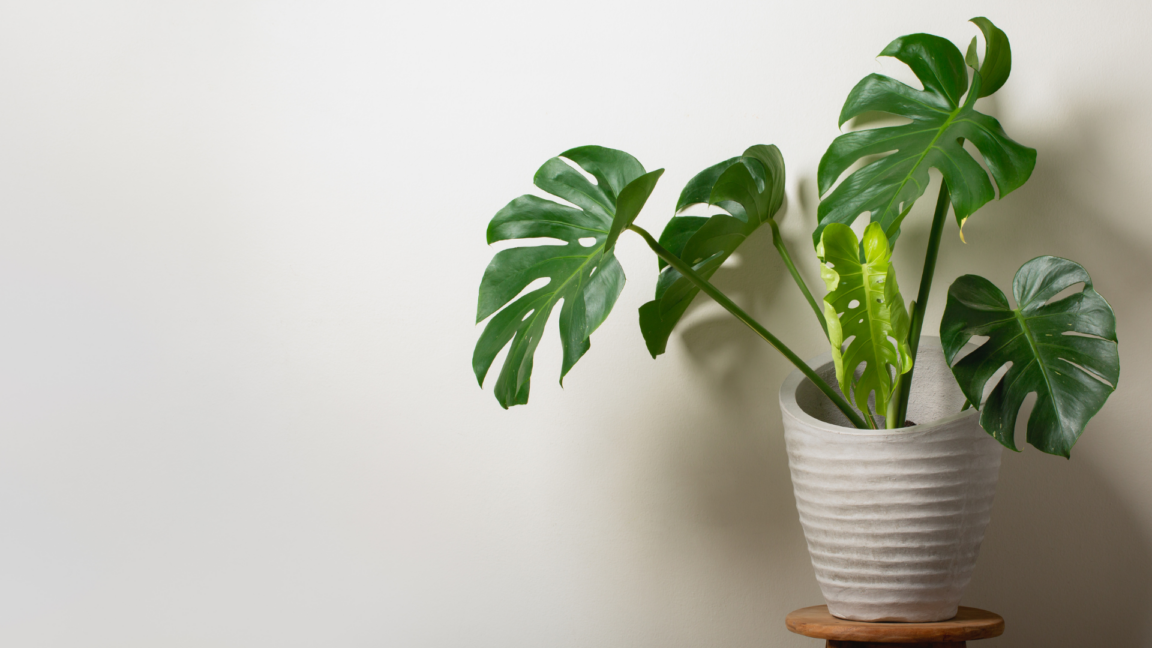
Monstera is a trendy Hipster plant that was popular back in the day and is still commonly used for home decoration. This plant is not only known for its beautiful leaf shape but also for being easy to care for and able to propagate by cutting its branches. When it comes to air purification, Monstera is an A+ performer as it can effectively purify the air, trap dust and pollutants, absorb toxins into its roots, and convert them into nutrients.
Care Instructions
Water 2-3 times per week and place plant in areas with low sunlight intensity.
Recommended position in house or condo
Can be placed anywhere in the house or condo.
Rubber Plant
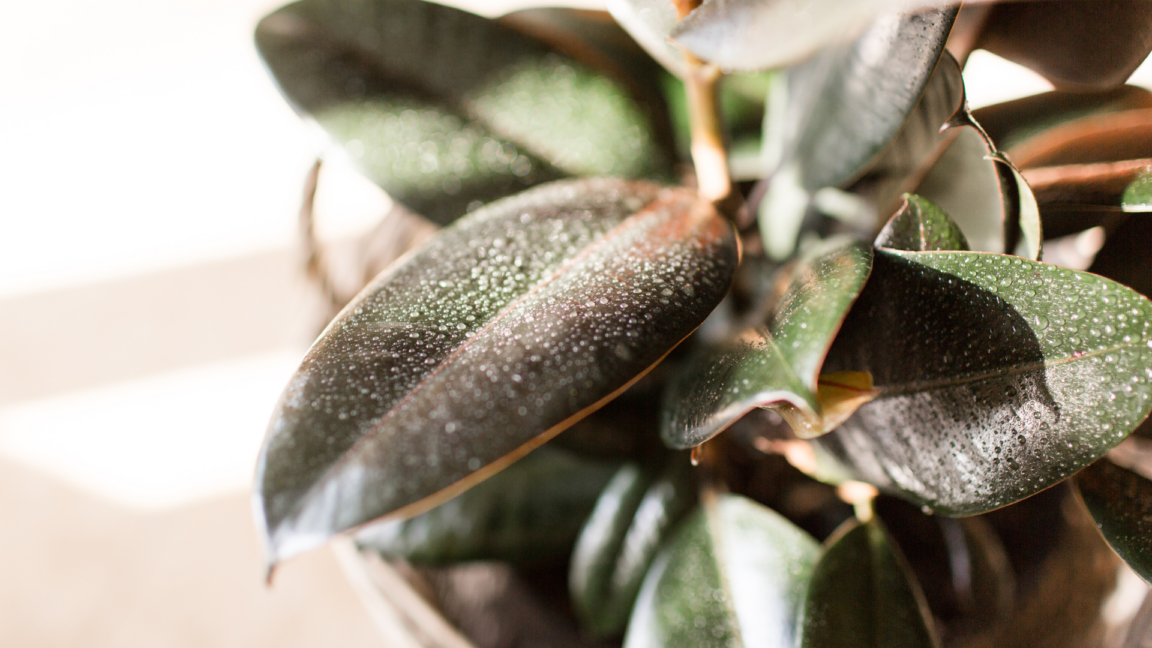
And we see a popular plant once again with the Rubber Plant. It is easy to grow, sturdy, and resilient, and it also purifies the air, captures dust and absorbs toxins excellently. Moreover, it can even absorb cancer-causing agents in the house. The leaves have a characteristic curve and can be decorated with any style of home. The backside of the plant has both green and red colors.
Care Instructions
Watering should be done only once a day and it grows well in a location with sunlight. Additionally, you can use a damp cloth to wipe the leaves.
Recommended position in house or condo
Can be used to decorate any corner of the house because its size does not exceed the waistline.
**This type of plant may not be suitable for pet owners as the sap can be harmful.
Conclusion
In conclusion, having indoor plants is not only a great way to spruce up your home decor but also to promote better air quality. With the increasing concern about PM 2.5 pollution, it's important to take steps to protect yourself and your family. These 10 indoor plants are not only aesthetically pleasing but also highly effective at filtering out harmful pollutants. So why not bring some greenery into your home and breathe easy knowing that you're doing your part in creating a healthier living environment.
Find your ideal property, available for sale or rent in the best prices possible, or list your property for sale or rent here. Alternatively, if you have any further questions, please get in touch with us:



